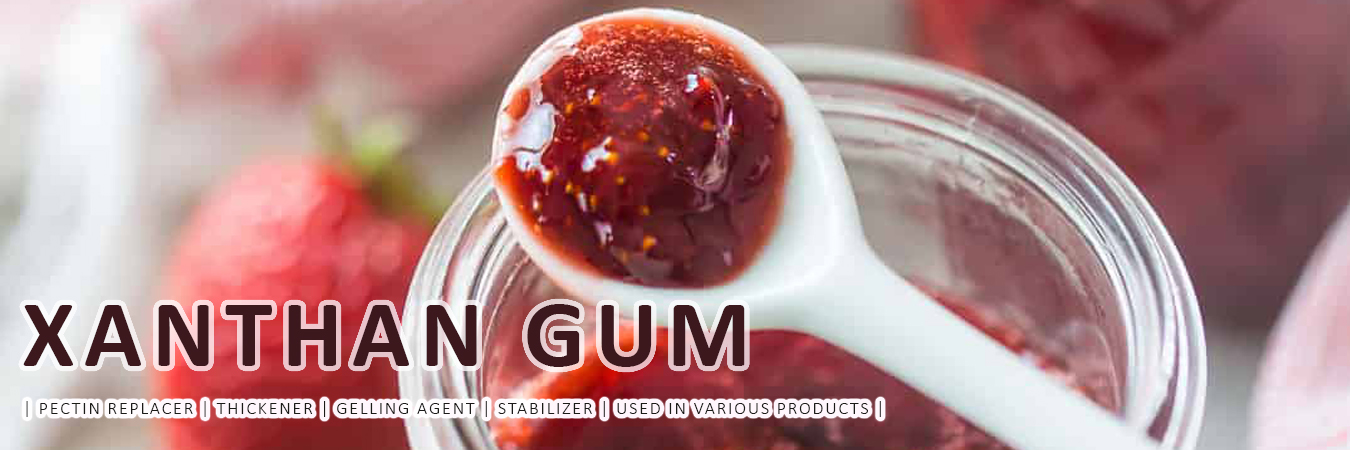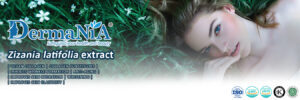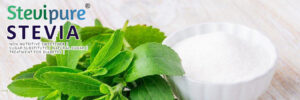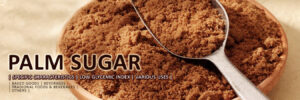Xanthan Gum

Specifications: Available In sacks
Uses:
- Jams
- Candy and Confections
- Confectionery
- Baked Goods and Bakery Mixes
- Ready to Drink products
- Dessert
- Yoghurt and Dairy Drinks
- Ice Cream & Frozen Desserts
- Beverages
- Others
About Xanthan Gum:
Xanthan gum is a water-soluble extracellular polysaccharide which is produced by the aerobic fermentation of Xanthomonas campestris. It was discovered in 1963 at The National Center for Agricultural Utilization Re-subunit. The functional properties of xanthan gum such as solution rheology and interaction with guar, is affected by the level of acetate substitutients. The acetylated xanthan gum shows greater degree of interaction towards guar gum compared to the fully acetylated xanthan gum of the similar molecular weight. The low acetate xanthan gum has superior acid stability.
Xanthan is considered non-toxic and does not inhibit growth, does not cause skin or ey irritation, and approved by FDA for use in food without any specific quantity limitations.
Xanthan gum is important in weakly gelled type foods. The xanthan solution is characterized by high yield stress which makes it preferred to be used as thickening agent for salad dressing and juice where the particles needed to be kept in suspension. In the bakery products, xanthan gum can be used as an egg replacer, contributes smoothness, air incorporation and retention and recipe tolerance thus improves volume, texture, especially in the reduced calorie and gluten free products. Xanthan gum also applicable and beneficial to be used for various beverages, dairy, dressing, pet food, syrup, topping, relish, sauce and gravy products. Moreover, it is widely used for industrial application such as oil industry, agricultural products, cleaners, coatings, paper, personal care products and pharmaceutical products.







